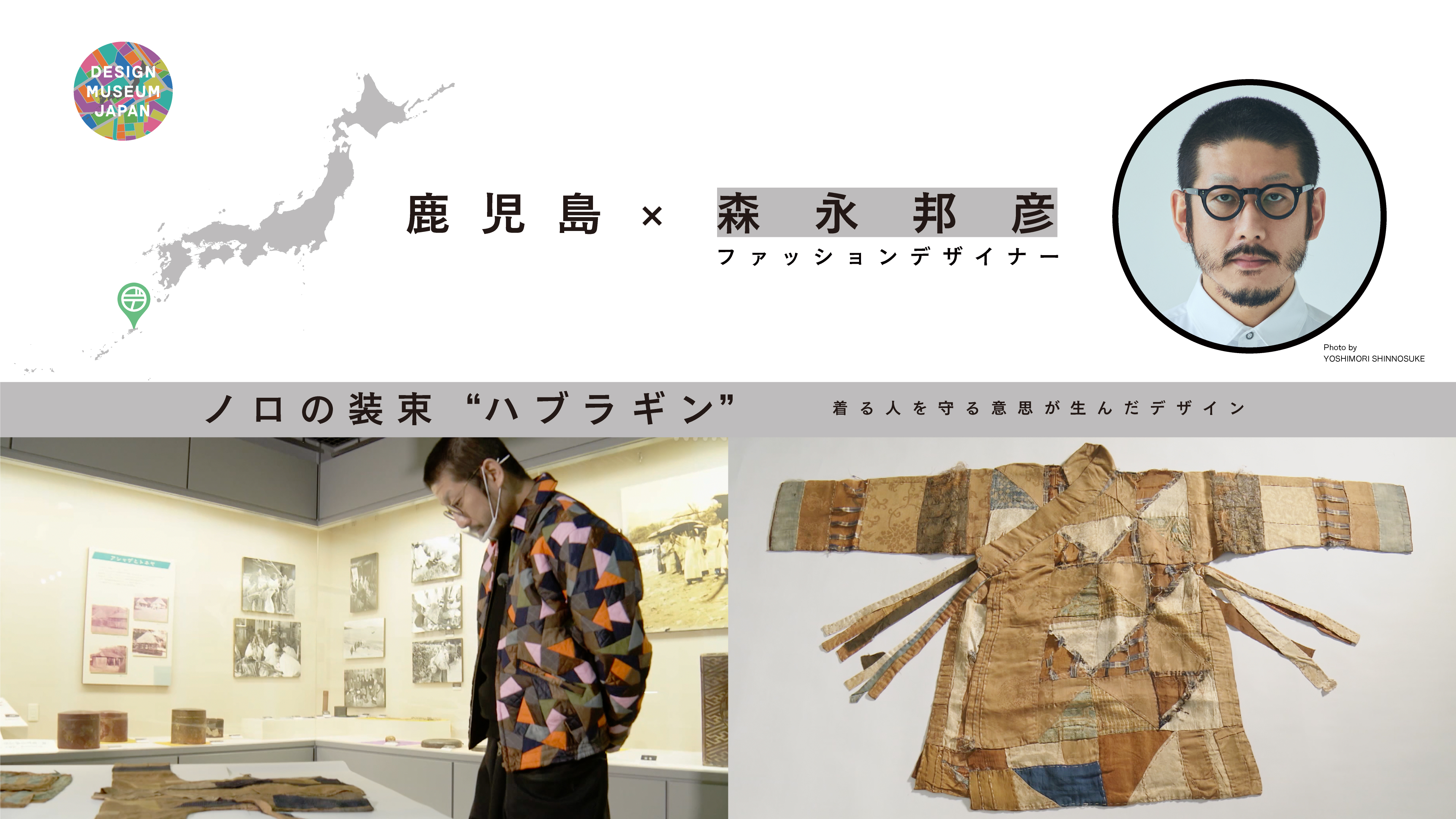Enameling has a long history of use in crafts and accessories. In Japan, its use on everyday pots and containers is said to date from the Meiji Period in the late 19th century. Kikuchi says there is no excess because the processes are simple and the products extremely close to user needs. He visits a factory that has adapted to satisfy user desires in each succeeding era.
Atsuki Kikuchi Graphic designer
Everyday goods in enamel

Atsuki Kikuchi researches everyday enamelware made in Tochigi. He visits the only manufacturer in Japan that performs every process domestically. Enameling is the technique by which glass glaze is baked onto a metal surface. The resulting enamel is a composite that joins beautiful but fragile glass to strong but rust-prone iron, combining their strengths and compensating for their weaknesses.
DESIGN TREASURE
The warmth of “design-free” design

CREATOR

Atsuki Kikuchi Graphic designer
Born in Tokyo in 1974
Kikuchi combines such fields as art, craft, architecture and fashion in virtual identity (VI), signage, editorial and other design projects. VI clients include the Aomori Museum of Art (2006), Play!Museum! (2020) and the Yokohama Museum of Art (2024). He has provided art direction for such fashion brands as Mina Perhonen (1995-2004) and Sally Scott (2002-2021), and his 2D works have been featured in many exhibitions.

Kikuchi watches enamelware proceed along the production line
Enamel’s resistance to acids and salt makes it excellent for food and drug storage. It is convenient for cooking and mixing, too, because heat can be applied directly. Enamelware is now used for a broad range of everyday items from pots, tubs and tanks to laboratory-use containers, combustion devises, building materials, sanitary products and medical equipment.

Photo: Noda Horo
Enamelware starts with the glaze
“The production process is only pressing and cutting,” says Kikuchi, “but pressing and cutting are sufficient to produce a great variety of shapes.” Enamelware production begins with pressing the metal plate and welding it into shape. High-temperature glass is then baked on. The glaze is enamel’s essence. The metal is itself beautiful but metal alone has no personality. You only sense it has become enamelware once the glaze has been applied.

Applying the glaze to the molded metal
Photo: Noda Horo

The pressed metal plate

Placing enamelware in the kiln
Photo: Noda Horo
I like it when there is just a hint of excess at first glance.
The enamel is made when the glass in the glaze melts to coat the whole metal plate. The surface must not be touched once the glaze has been applied. This is why it is hung on metal needles.
Kikuchi notices the ear-shaped projections on the lid of a Round Stocker pot. “There had to be somewhere for the needles to go. Only one was needed but two were put on.” Kikuchi likes that. “There is no excess in this at all and it is necessary for the manufacturing process, but they have made the shape more interesting.”

Kikuchi handles the eared pot.

The handles are there for hanging during the manufacturing process.

The ear shapes express the cuteness of enamelware.

The Round Stocker
Photo: Noda Horo
The senses of using and making are conjoined in the single person
Back in around the year 2000, most people still thought of enamel as something colorful or patterned and people in the industry believed plain white household enamelware would not sell. The white series was created to enhance the colors of foods and ingredients when stored in the refrigerator. Enamelware has a wide range of uses from food preparation to cooking and storage. The series realized an employee’s dream of having this sort of convenience for everyday family kitchen chores.
“You can trust people who design the things they use themselves,” says Kikuchi. “The finished products look obvious but they are incredibly hard to discover.” Some designs are only possible if you also know the making processes.

The white series for food preparation, cooking and storage
Photo: Noda Horo

The container can be heated directly or baked in the oven, and moved straight on to the refrigerator. It stores leftovers, too. Cooking for the family is an everyday chore and the pots were proposed for both minimum excess and maximum usability.

Refrigerator shelf heights were researched to fix the pot sizes.

The pickle family (released in 1976)
Cookery researcher Sakai Sawako helped to develop this series. It is about providing what people want in their lives in each era.
Photo: Noda Noro




























